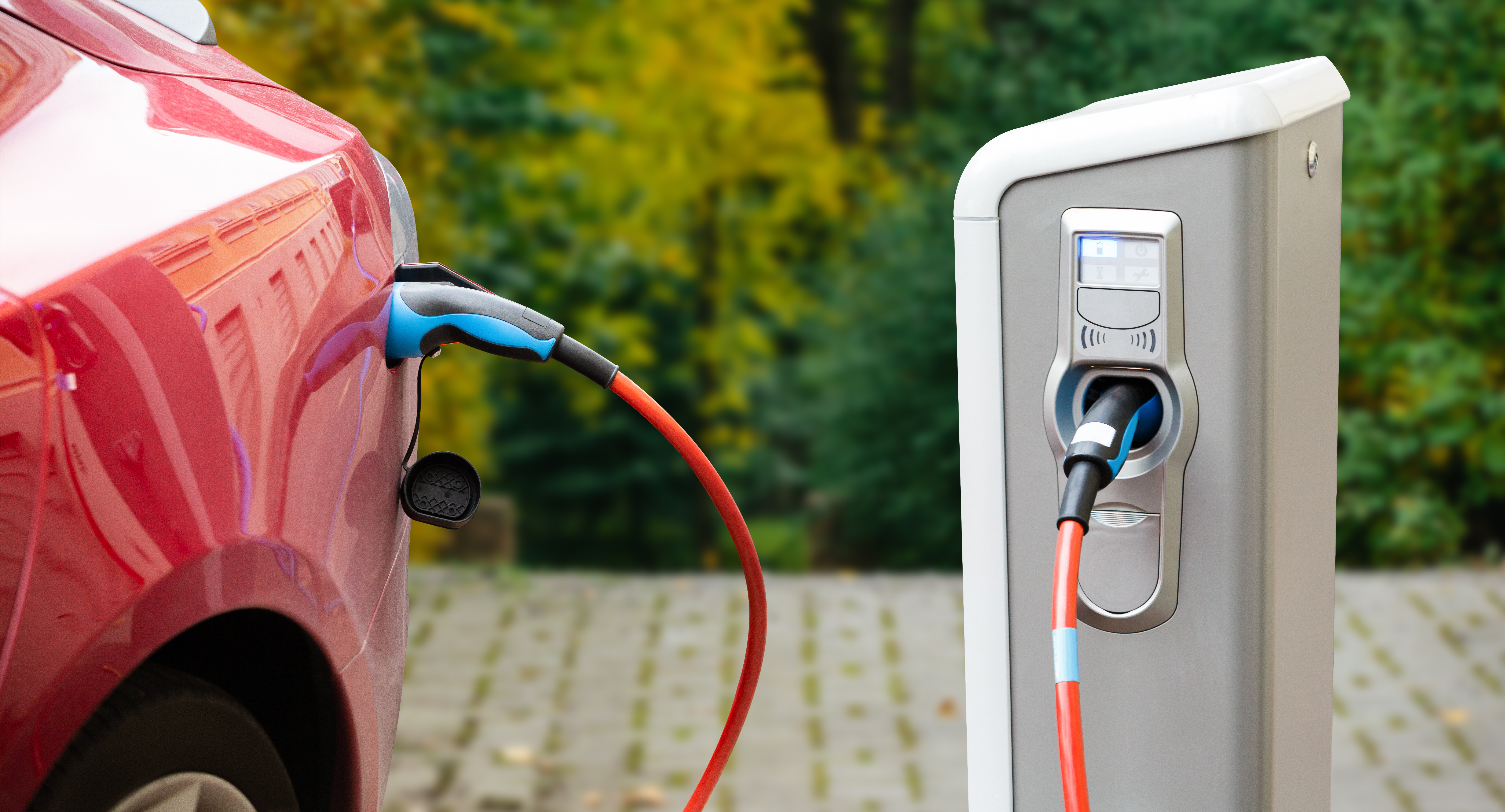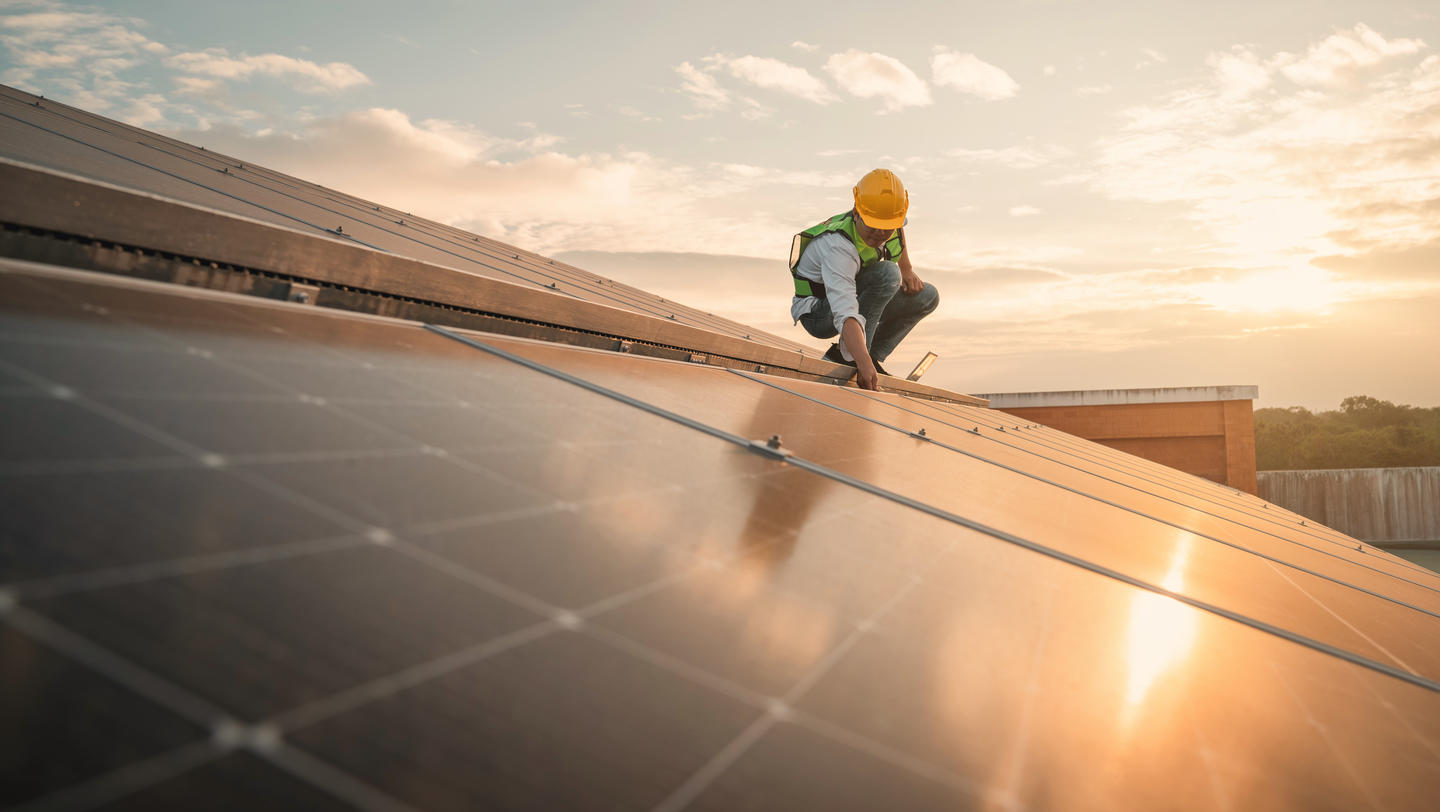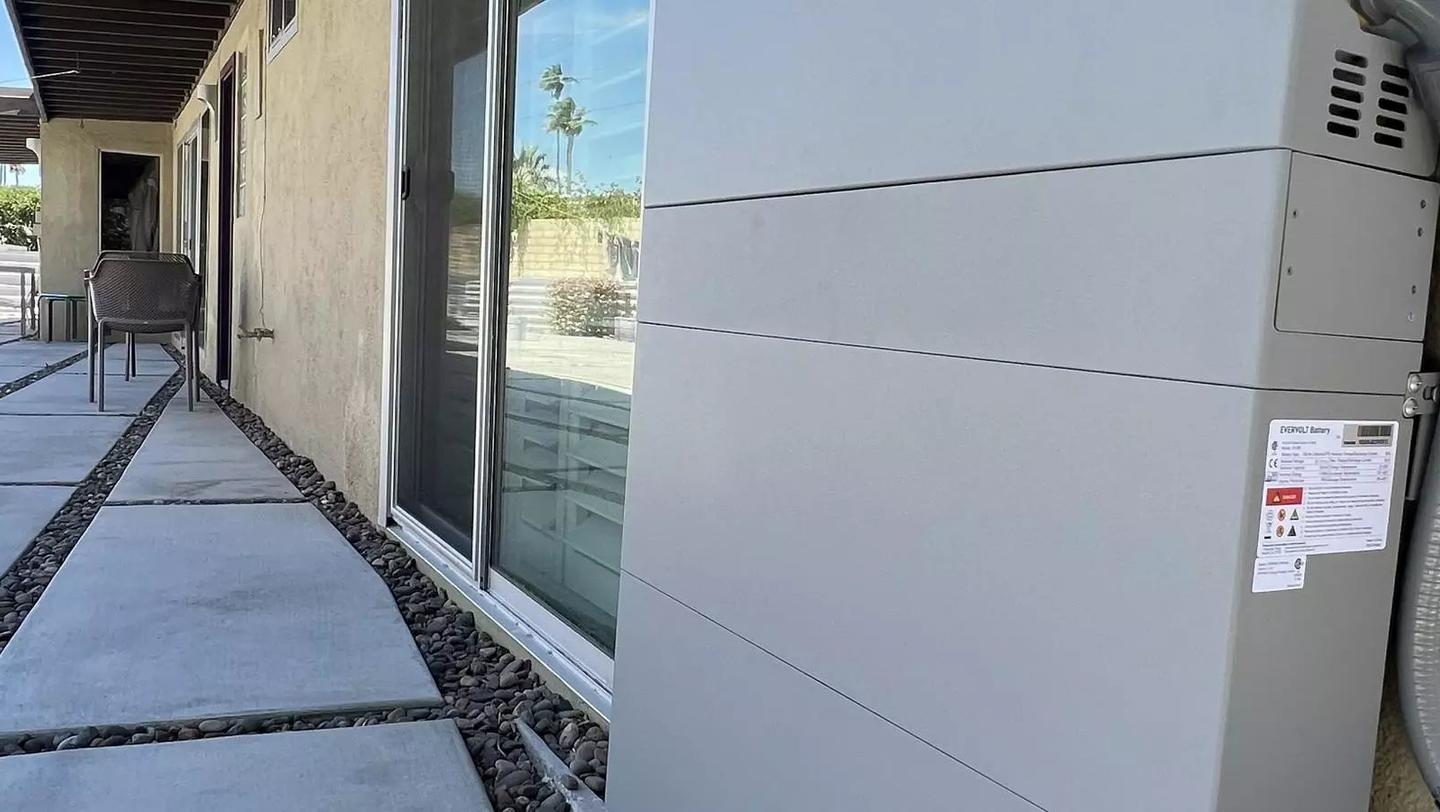How quickly will your solar panels pay for themselves?

How quickly will your solar panels pay for themselves?
A huge benefit of installing a rooftop solar system is that you can avoid exposure to volatile or rising energy prices, giving you greater security and control over your monthly utility bills. However, installing and maintaining your solar panels does also require an investment, and it's important to understand what the payback period is. Here's how to work this out and what it means.
What is the payback period for solar panels?
The payback period on your rooftop solar system is the time it will take to make back your initial investment or break-even. For example, if you spent $20,000 on your system and it saves you about $2,500-a-year on your electricity bills, your payback period would be about eight years.
Solar panels pay back their initial investment cost largely by saving you money on your electricity bills. They can also increase the value of your property, sometimes by as much as four percent.
What determines the payback period?
There are many factors that influence the payback period of your solar panels. These include the cost of your installation, minus any tax incentives you may have received, the quality and standard of your system and components, your annual electricity consumption and bill payments, local electricity prices, your geographic location, and any financial incentives you earn for the solar power produced.
The higher electricity prices go, the greater your savings will be.
How does it differ from ROI?
The payback period estimates how quickly you'll recover your initial installation costs. Conversely, the return-on-investment or ROI tells you how much money you stand to save over the entire lifetime of your system.
Given the average payback period for a residential rooftop solar system is about eight years in the U.S. and a solar system typically lasts for at least 20 to 25 years, you have about 12 to 17 years when your panels are generating an additional return for you. Once your system is paid off, the energy your panels generate thereafter is free.
When you're shopping around for a solar panel installer and receiving multiple quotes, it can be really handy to calculate and compare payback periods. This can help you to understand which option is best for you by identifying the point in time when your investment will start making a return.
Can I reduce my payback period?
There are several ways you can trim your payback period. Firstly, choose a trusted and credible installer, as this will help to guarantee the quality and efficiency of your system. Check they are certified with The North American Board of Certified Energy Practitioners (NABCEP), look at their track record, and scour their warranties, which should cover equipment, performance, and labor. A product warranty should be for around 25 years.
It's also worth checking your installer's operations and maintenance packages. Ideally, your solar panels should be inspected and cleaned at least once-a-year to keep them operating at maximum efficiency. While some installers include this, others provide it as an add-on, which can quickly rack-up your annual costs and decrease your payback period.
Incentives such as net metering can also help to shorten your payback period. Under net metering, any surplus power your solar panels produce will be fed back into your local electric grid so that it doesn't go to waste. In return, you receive credits on your energy bill which you can use to offset future bills, such as when your panels aren't producing enough power to meet your needs.
Other factors that can trim your payback period include eliminating shade to boost the efficiency of your panels and installing a battery to store your excess power. Batteries are particularly beneficial if you experience regular outages or if your utility charges time-of-use rates. Here, you can use power stored in your battery to keep your bills down when utility prices spike.
How to calculate the payback period for solar panels
The simplest way to estimate your payback period is to calculate the total costs of installing your system, alongside the annual savings you expect to make through your energy bills. Here's a guide:
- Calculate the total upfront costs of installing your system. Be sure to take into account any incentives you may have received. For example, the Federal Investment Tax Credit allows you to deduct a portion of the installation costs from your federal taxes.
- Calculate your annual savings. To do this, look at your utility bills and household energy consumption, as well as any financial incentives you may be eligible to receive. Then work out how much you stand to save by using your free solar power instead of paying utility rates.
- Divide your upfront costs by your annual savings. This will give you the approximate number of years it will take for you to achieve a payback on your system.
Finally, remember it's not an exact science as energy prices peak and trough, weather patterns change and incentives can easily be ramped up or down. However, an estimate of the payback period can at least give you an idea of how quickly your investment can start working for you, as well as providing you with guidance on which installer and system are best suited to your needs.
For more information on how rooftop solar and battery storage can help you reduce grid dependence, lower energy bills, and improve the efficiency of your home, visit the Panasonic Green Living Blog. To learn more about making your home resilient with battery storage, check out the Panasonic EVERVOLT®.
![]()













